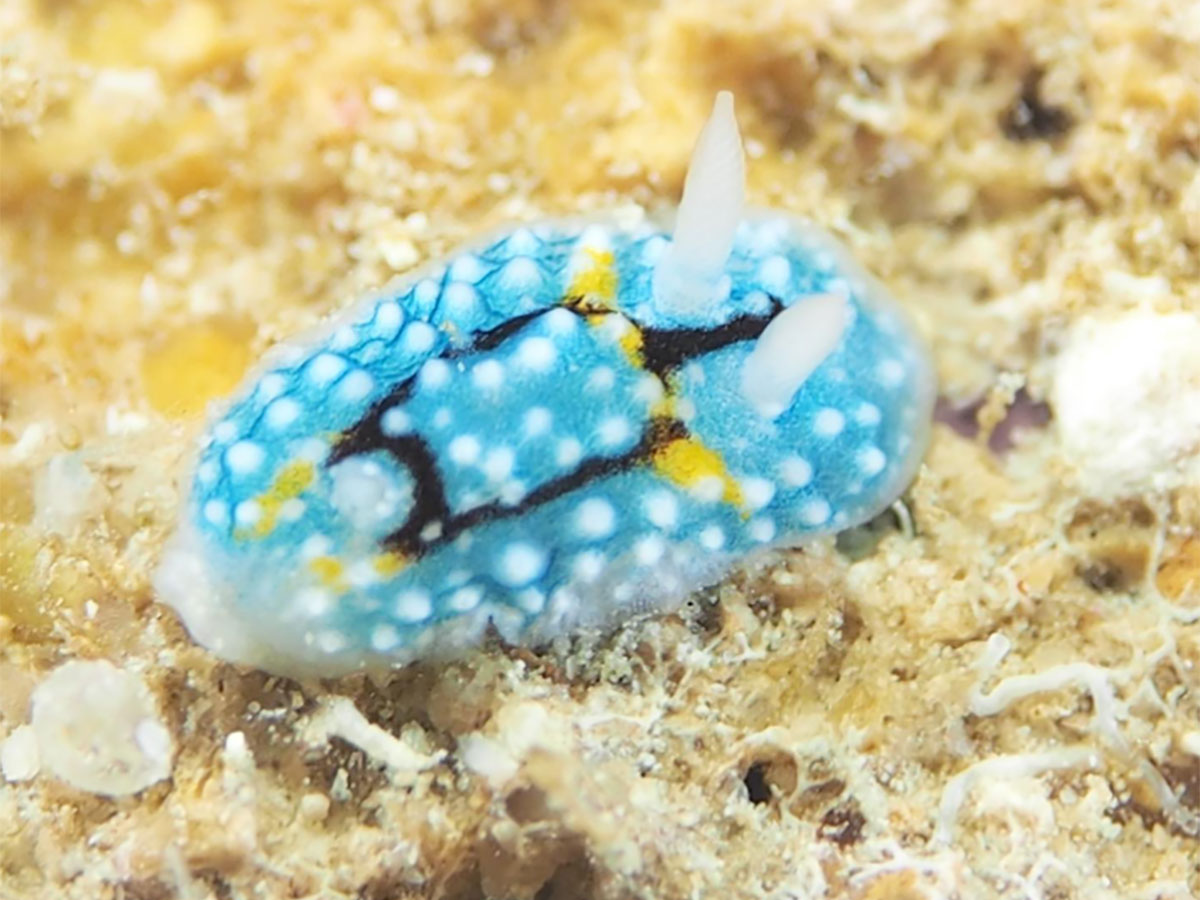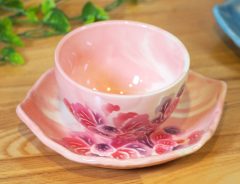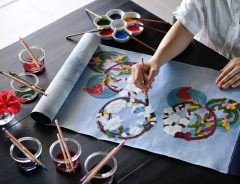
Source: 鎌田陽介 Yōsuke Kamata (kamata_yosuke) - image used with permission
“Mr. Frost Turtle”: Sea slug has the most adorable Japanese official name
- Tags:
- Miyako Island / Okinawa / sea slug / sea turtle
Related Article
-

Feel the tropical sea breeze with these charming sea turtle and hibiscus glasses from Japan
-

These flower-print cups and saucers are inspired by Okinawa’s traditional Bingata textile patterns
-

Orion’s Chu-Hi Limited-edition “Watta Yoogo Sour” goes on sale
-

As Shuri Castle undergoes reconstruction, a virtual version debuts on Virtual OKINAWA
-

Starbucks releases 3 of its popular 47 prefecture-exclusive Frappuccinos across Japan
-

Experience Bingata art and the colors of Okinawa with “Bingata Stay at HOSHINOYA Okinawa”


What kind of creature do you think of when you hear the word "sea slug"? If you're unfamiliar with them, their name alone may give you the impression that they're weird, slimy things you probably don't want to look at.
However, that couldn't be further from the truth. In fact, they're beautiful creatures that have been called the "jewels of the sea!" They come in a wide variety of colors and shapes, and their appearance widely varies from species to species.
Here's a gorgeous specimen captured on camera and posted to Instagram by 鎌田陽介 Yōsuke Kamata (kamata_yosuke), a diver living in Miyako Island in Okinawa Prefecture.
On its back lies a clue to its official name in Japanese. Can you see it?
On the back of this beautiful sea slug whose body is colored turquoise with frosty white patches, you can see what looks like the black outline of a sea turtle swimming with yellow arms and legs outstretched!
While its scientific name is Aldisa albatrossae, in Japanese, it's called シモフリカメサンウミウシ shimofuri kame-san umiushi.
Shimofuri 霜降り means "frost" and kame 亀 means turtle. With the addition of the honorific さん san, it means "Mr. Turtle." Sea slug in Japanese is ウミウシ or 海牛 umiushi (which literally means "sea cow"). Therefore, all together, you could translate the creature's name as the "Mr. Frost Turtle" sea slug.
But what about the albatross in the Latin name, you may be wondering. Rest assured, it's not supposed to look like an albatross. According to Bill Rudman on the Sea Slug Forum, the Latin name comes from the 1907-1910 expedition to the Philippines of the USS Albatross (the first research vessel ever built explicitly for marine research) when it was first collected and documented.
If you're intent on meeting a "Mr. Frost Turtle" in the wild, you'll find them at depths between 3 and 72 m in Okinawa, the Philippines, and North Sulawesi. You'll also need patience, and perhaps a magnifying glass since they can be as small as 11 mm or the size of two grains of rice.
Even if you can't see a living specimen, these beautiful creatures are a pleasure to admire.
Moreover, you'll find many more images of the colorful denizens of the ocean off the coast of Miyako Island on Kamata's Instagram account.